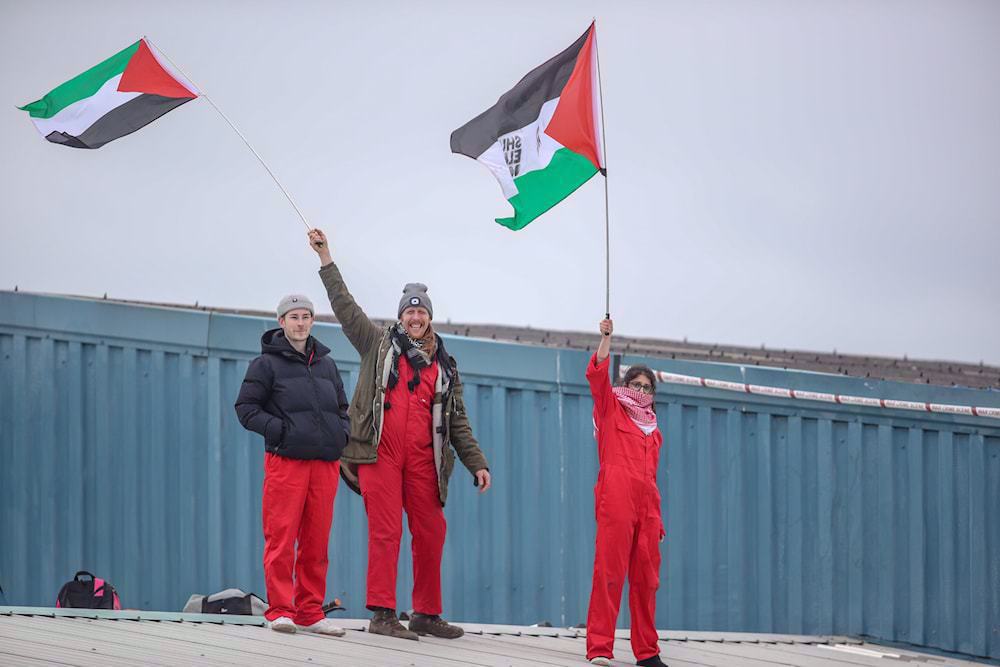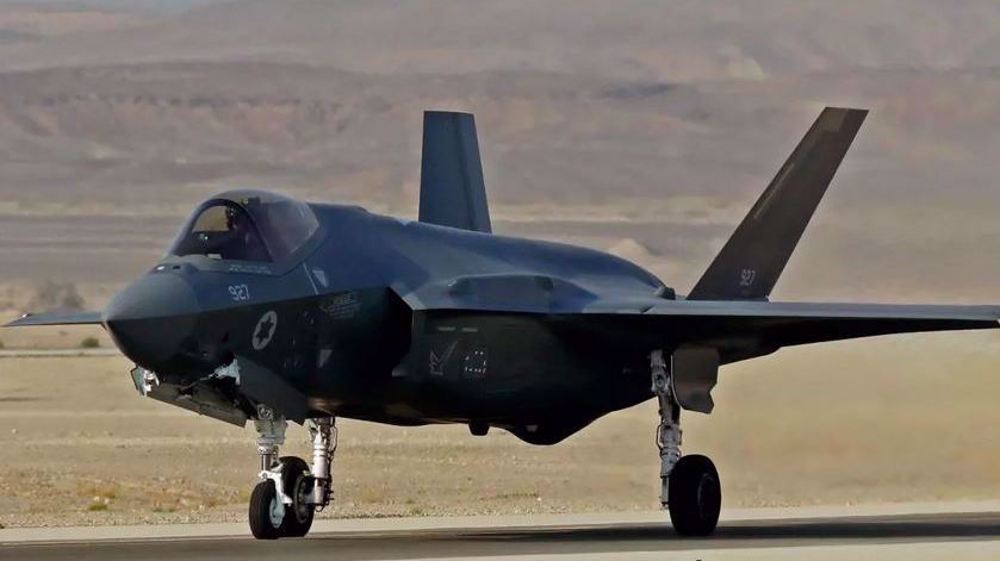British forces to train 4,000 Ukrainian troops: UK's FM
British forces will be training 4,000 Ukrainian military troops until next March, the UK’s Foreign Secretary Philip Hammond has announced.
“We have a very active cooperation with Ukraine. The UK will train 4,000 Ukrainian servicemen until March 2017,” said Hammond on the sidelines of a NATO summit in the Polish capital of Warsaw on Friday.
Britain’s top diplomat expressed optimism about the deepening military cooperation between NATO and the Western-backed Kiev. He said the UK intends to make a “significant contribution” to such collaboration, especially in the area of the training of Ukrainian soldiers.
He also suggested that Kiev join NATO. He said Montenegro’s accession to the alliance, which is procedurally underway, shows that NATO’s door is potentially open to all nations, including Ukraine.
Hammond’s latest remarks came as the alliance plans to deploy four multinational battalions in the Baltic States and Poland, supplemented by nearly 1,200 combat vehicles, including 30 warplanes, mostly dedicated to countering what they claim is Russia’s growing assertiveness.
The UK’s Defense Secretary Michael Fallon had said back in March that the British military instructors and advisers had already trained 2,000 Ukrainian troops, noting that there were plans to train 300 more in 2016.
“This underlines the commitment of the UK to the issue of sovereignty, independence and territorial integrity of Ukraine and our other Eastern European partners. This is another clear sign that we strongly support Ukraine in times of aggression,” Fallon said then.
Meanwhile, NATO Secretary General Jens Stoltenberg confirmed during the Friday summit that leaders of the alliance’s member states have approved the plan to deploy four multinational battalions in Eastern Europe.

The growing build-up also involves a drastic surge in scale and pace of the war games being conducted across eastern Europe, near Russian border, on land and at sea.
Reacting to the development, the Russian military said it was forced to respond to the emerging security challenge posed by the NATO build-up with adequate defensive measures, including the establishment of new army divisions and enhancing the Russian navy’s Baltic and Black Sea Fleets.
NATO has stepped up its military buildup near Russia’s western borders since it severed all ties with Moscow in April 2014, when the then-Ukrainian Crimean Peninsula joined Russia following a referendum in March of that year.
The Ukrainian government later engaged in a military crackdown in the eastern Ukrainian regions of Donetsk and Luhansk, where the ethnic Russian-speaking population had been staging pro-Russia demonstrations for some time.
NATO accuses Moscow of involvement in the conflict in east Ukraine. The Kremlin denies the allegation.
Israel launches air strikes on Syria-Lebanon border crossing
Russia: Comprehensive deal with Iran will include defense, security ties
VIDEO | Israeli embassy shooting in Jordan leaves gunman dead, 3 police injured
VIDEO | Paris march in support of Palestine women
VIDEO | ICC issues arrest warrants for Israeli prime minister, ousted regime war minister
120 Palestinians perish as Israeli war machine keeps ravaging Gaza
VIDEO | Struggles of Palestinian women amidst war, displacement
VIDEO | Hezbollah rains attack drones down on elite Israeli brigade













 This makes it easy to access the Press TV website
This makes it easy to access the Press TV website